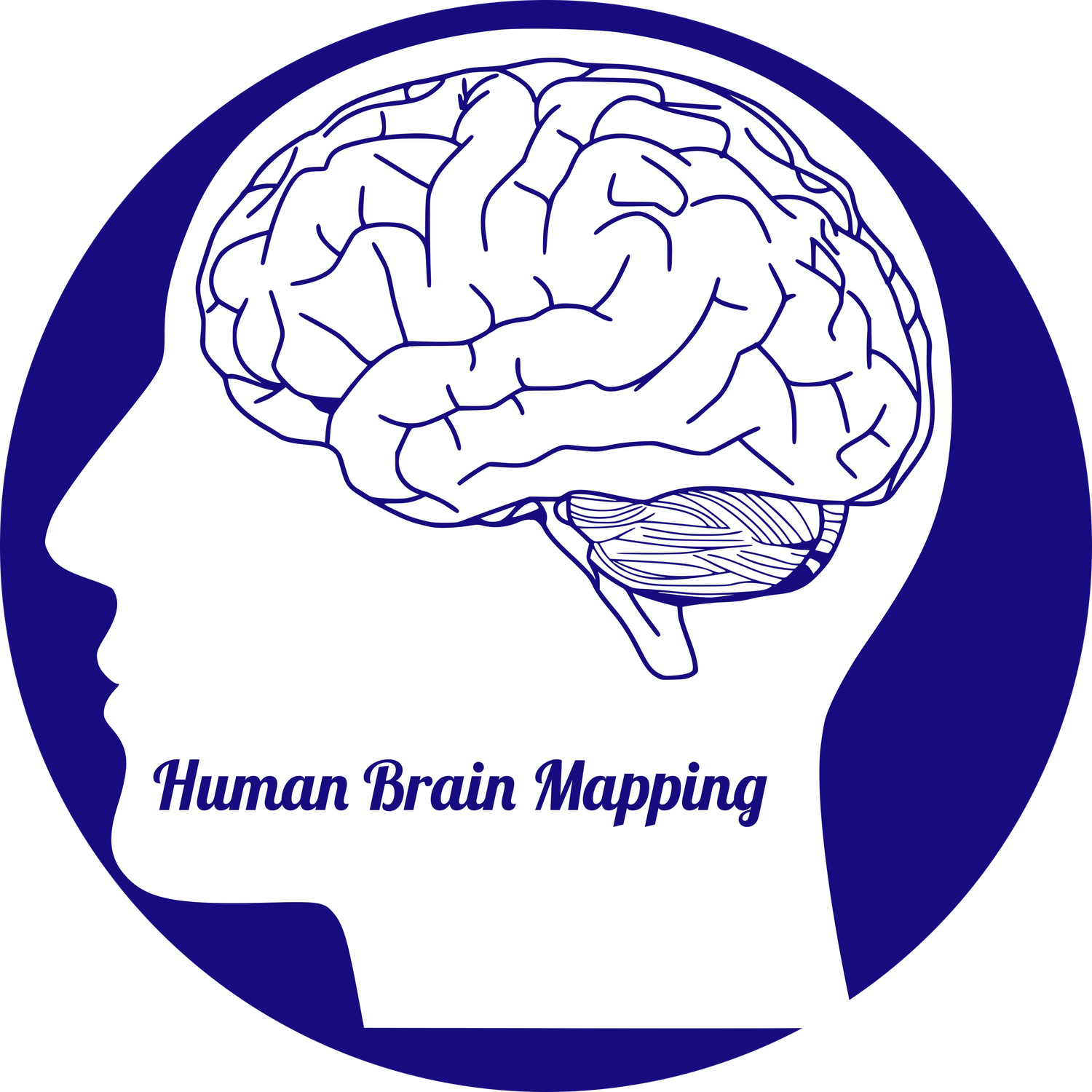Assessment of the Utility of Ictal Magnetoencephalography in the Localization of the Epileptic Seizure Onset Zone.
Authors: Alkawadri R, Burgess RC, Kakisaka Y, Mosher JC, Alexopoulos AV.
To read the full article please visit JAMA Neurology website
Key Points
Question What is the chance of recording a seizure and the localizing yield of seizures recorded during routine magnetoencephalography (MEG) studies?
Findings In this medical record analysis of 44 patients, MEG provided unique and more focal localization information, including in some electroencephalography and interictal MEG silent cases and in some cases that were nonlocalizable otherwise. Extended-source localization was more suitable for analysis of ictal rhythms than commonly used single-point solutions.
Meaning If feasible, ictal MEG should be sought and considered in presurgical evaluation of drug-resistant epilepsy.
ABSTRACT
IMPORTANCE:
Literature on ictal magnetoencephalography (MEG) in clinical practice and the relationship to other modalities is limited because of the brevity of routine studies.
OBJECTIVE:
To investigate the utility and reliability of ictal MEG in the localization of the epileptogenic zone.
DESIGN, SETTING, AND PARTICIPANTS:
A retrospective medical record review and prospective analysis of a novel ictal rhythm analysis method was conducted at a tertiary epilepsy center with a wide base of referrals for epilepsy surgery evaluation and included consecutive cases of patients who experienced epileptic seizures during routine MEG studies from March 2008 to February 2012. A total of 377 studies screened. Data were analyzed from November 2011 to October 2015.
MAIN OUTCOMES AND MEASURES:
Presurgical workup and interictal and ictal MEG data were reviewed. The localizing value of using extended-source localization of a narrow band identified visually at onset was analyzed.
RESULTS:
Of the 44 included patients, the mean (SD) age at the time of recording was 19.3 (14.9) years, and 25 (57%) were male. The mean duration of recording was 51.2 minutes. Seizures were provoked by known triggers in 3 patients and were spontaneous otherwise. Twenty-five patients (57%) had 1 seizure, 6 (14%) had 2, and 13 (30%) had 3 or more. Magnetoencephalography single equivalent current dipole analysis was possible in 29 patients (66%), of whom 8 (28%) had no clear interictal discharges. Sublobar concordance between ictal and interictal dipoles was seen in 18 of 21 patients (86%). Three patients (7%) showed clear ictal MEG patterns without electroencephalography changes. Ictal MEG dipoles correlated with the lobe of onset in 7 of 8 patients (88%) who underwent intracranial electroencephalography evaluations. Reasons for failure to identify ictal dipoles included diffuse or poor dipolar ictal patterns, no MEG changes, and movement artifact. Resection of areas containing a minimum-norm estimate of a narrow band at onset, not single equivalent current dipole, was associated with sustained seizure freedom.
CONCLUSIONS AND SIGNIFICANCE:
Ictal MEG data can provide reliable localization, including in cases that are difficult to localize by other modalities. These findings support the use of extended-source localization for seizures recorded during MEG.
Illustration of L2-MNE-fc method
Funding: We wish to acknowledge the support of the American Epilepsy Society grant number 412064 and Clinical and Translational Science Award grant UL1 TR000142 from the National Center for Advancing Translational Science. RA wishes to acknowledge the support of the Swebilius trust and the Epilepsy Foundation.
Acknowledgements: We thank magnetoencephalography technologists at the Cleveland Clinic, Cleveland, Ohio, for their help in data acquisition.

